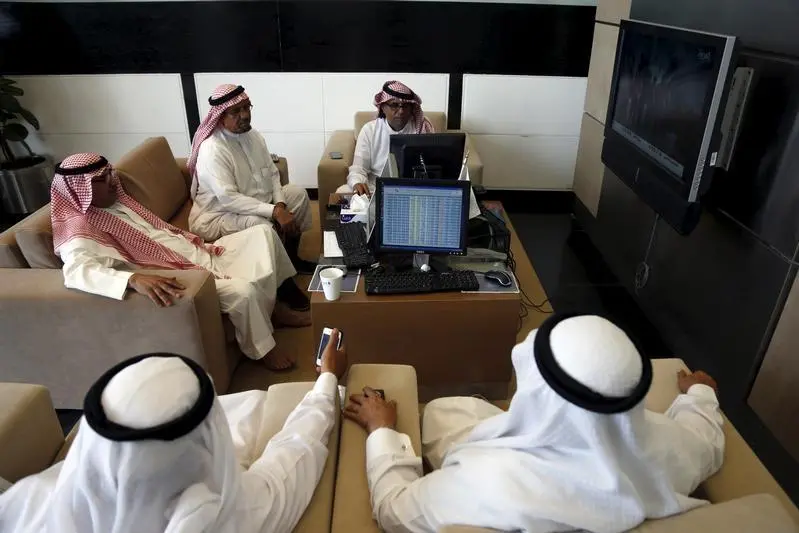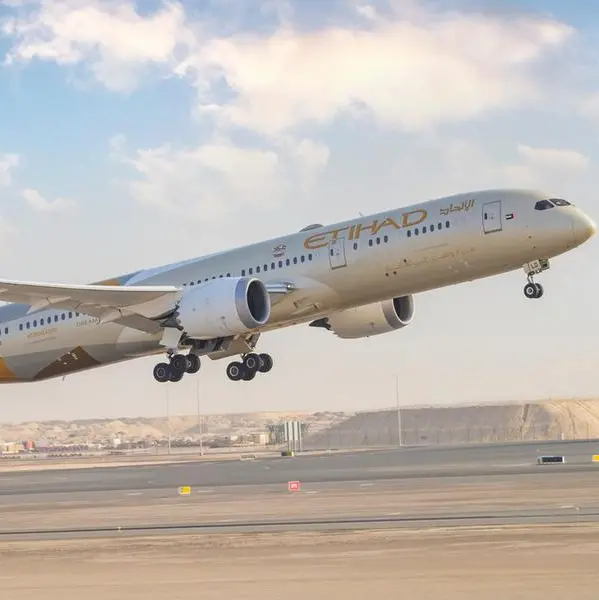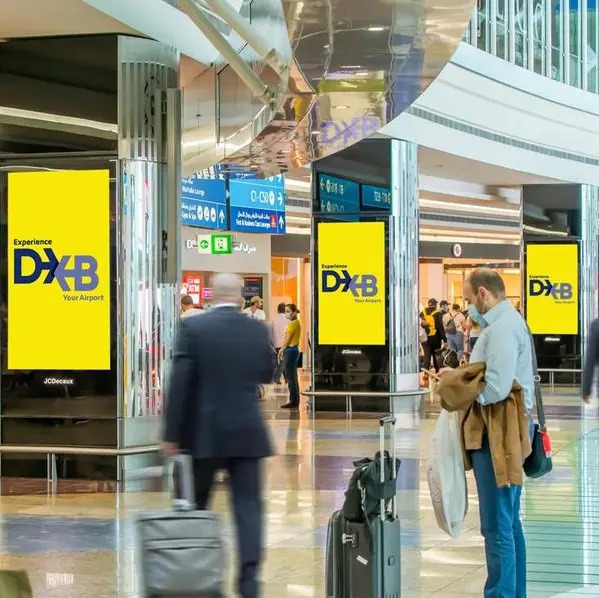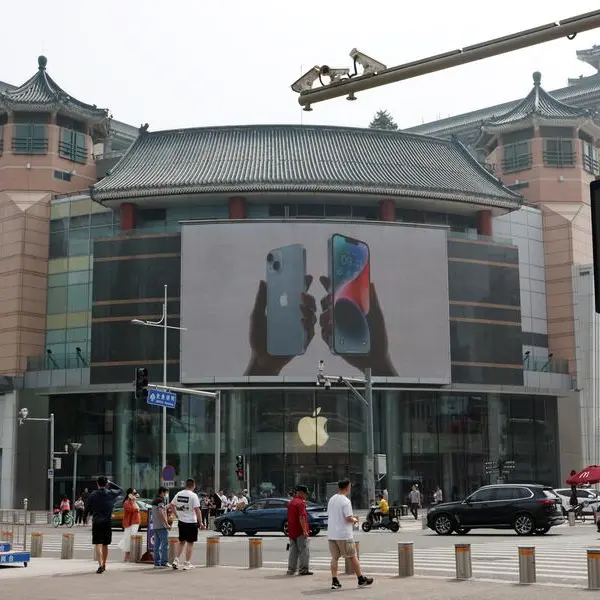PHOTO
Santhosh V. Perumal
The recovery in the Gulf Cooperation Council (GCC) equity markets is expected to be swifter in 2017, led by a faster pace of economic growth and corporate profitability that continues to remain “largely resilient”, backed by higher state spending, according to Kamco Research.
“For 2017, we believe that corporate earnings would continue to remain a primary support for listed companies in the GCC, whereas oil prices are expected to remain range bound between $50 and $60 per barrel,” Kamco said in its report.
Highlighting that project execution in the GCC is expected to improve compared to 2016 as the pipeline continues to remain “strong”, it said the projects market continues to remain robust with almost $5.5bn worth of projects already under execution as of the end of November 2016 and a total of $2.8tn worth projects planned or under way in the GCC.
“We expect economic growth rate to have bottomed in 2016 and government policy changes and new investment initiatives like subsidy reduction, non-oil sector diversification, wage and labour force rationalisation and taxes would result in higher growth and would be positive for the stock markets in the near term,” Kamco said.
A wave of positive sentiment and optimism in the GCC led to gains for almost all the markets over the last quarter of 2016, it said, adding this comes after a year when all the markets recorded steep declines (in 2015).
Finding that oil continued to remain the key contributor to the direction of the GCC markets for the second consecutive year, after the oil output cut agreement was sealed after a rigorous negotiation that lasted for more than a year, oil prices surged to an 18-month high by year-end and gradually pulled up the GCC markets.
The GCC equity markets witnessed extreme volatility during 2016 as markets were largely swayed by oil price, even as geopolitical issues had “minimal” impact as experienced in the past few years, although the issues in some of the neighbouring regional economies continue to prevail, the report said.
The first half of 2016 witnessed weak oil prices that pushed markets to multiple-year lows. However, talks of an oil output agreement supported markets during the second half of 2016, particularly during the last quarter, pulling benchmark indices from negative year-to-date performance into the positive zone.
In addition, Brexit and the US elections had its share of shock on the GCC markets, but the recovery in the US post the election also provided support to markets globally. By year end, all of the seven exchanges in the GCC had already recovered from the yearly lows and closed the year on a positive note.
Trading activity on the GCC exchanges fell for the second consecutive year although the overall value traded saw a strong rebound in November and December 2016 on investor optimism related to oil output pact. Nevertheless, value of shares traded in the GCC was at a five-year low of $388.2bn, Kamco said.
Banking indices witnessed either negative performance or were marginally positive during 2016 as the ongoing liquidity crunch due to the fall in oil deposits affected sentiments for the sector. However, as pointed out by some rating agencies, the GCC banks continue to enjoy comfortable coverage ratios against their global counterparts.
“We believe this was primarily due to policy adjustments by the governments as well as the existence of a healthy balance sheet by these banks. Corporate earnings have remained resilient despite the weak markets for the past two years and for the most of 2016,” it said, adding overall the nine-month (2016) earnings have although declined, it remains at healthy levels as compared to the lows of financial crisis.
© Gulf Times 2017












